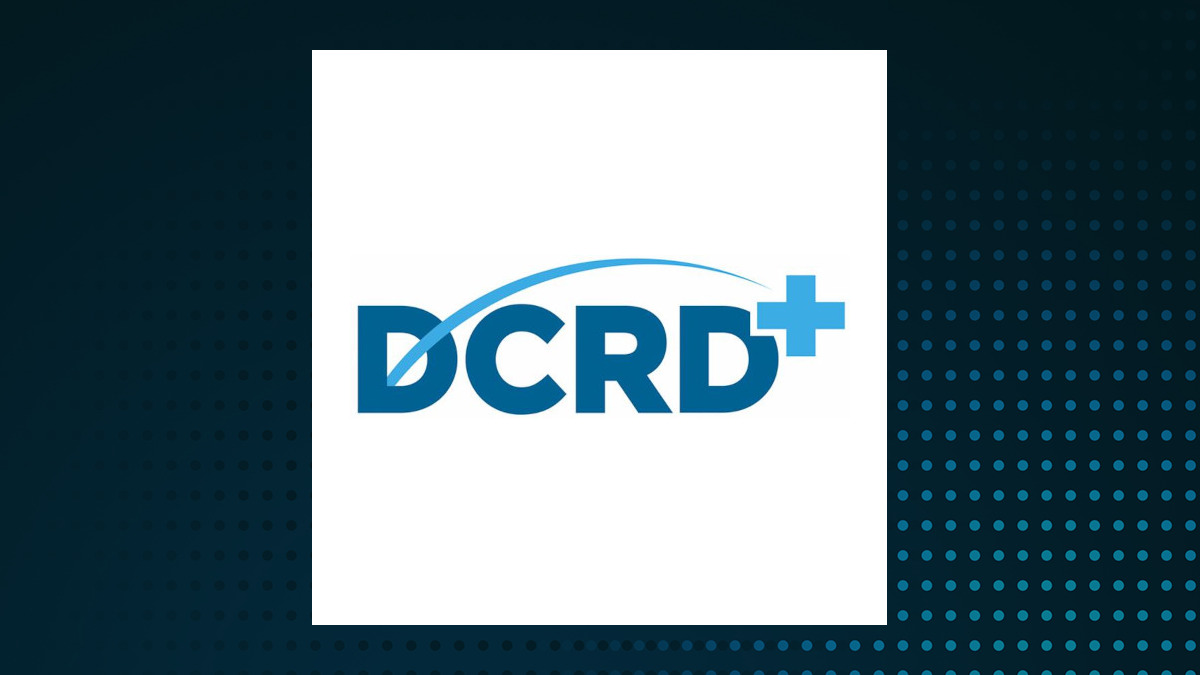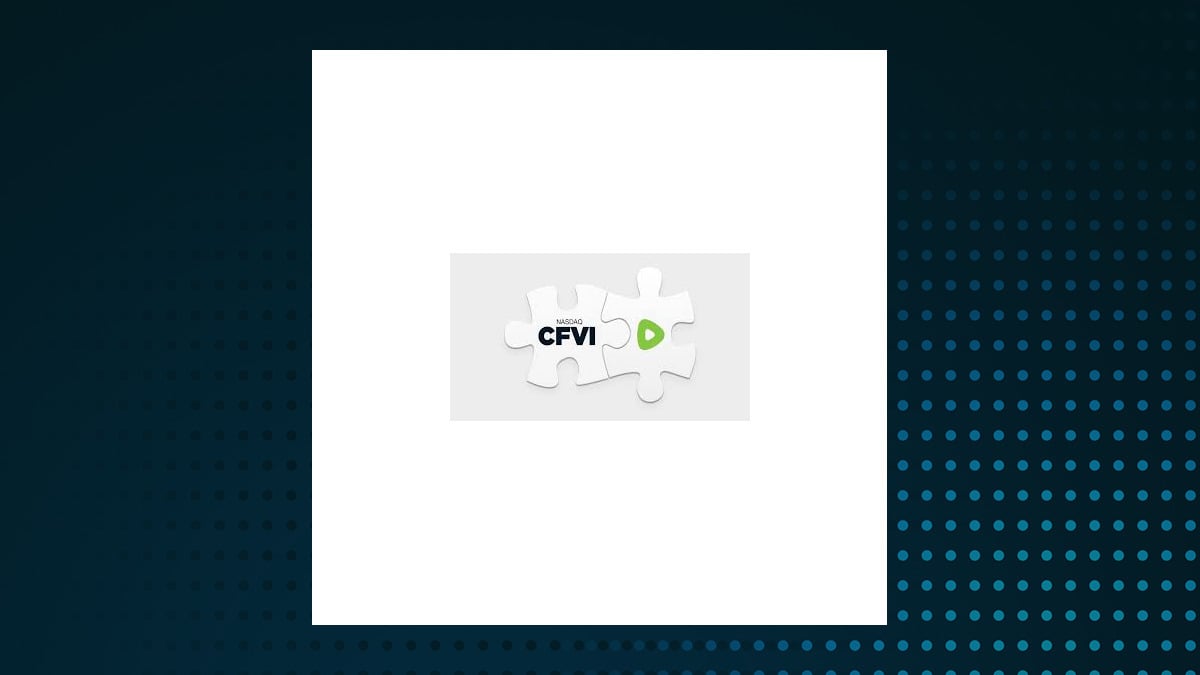
The initial public offering (IPO) frenzy is pushing more investors to test their luck, but despite the enthusiasm, most applicants seem to miss out amid heavy oversubscription, and the process remains largely a game of chance. While strategies like using multiple Permanent Account Numbers (PANs) or shareholder quotas might slightly improve allotment chances, the odds still remain slim. Bajaj Housing's recent blockbuster IPO, for example, saw prices double, but few managed to secure the shares.
So much so, that X (formerly Twitter) was flooded with memes highlighting the struggle to secure an allotment. Bloomberg data showed that the IPO was oversubscribed more than 60 times. However, understanding how allotments work and avoiding common mistakes is key for those looking to boost their odds and avoid rejections in today's crowded IPO space.

Apply using multiple PANs To increase your chances, applying through multiple PAN-linked demat accounts is a popular strategy. Instead of applying for the entire amount through one account, splitting it across several accounts gives you more "lottery tickets." Just ensure each account is linked to a unique PAN, as multiple applications under the same PAN will be rejected.
Sample this: Let's say you had 60,000 and planned to apply for the Bajaj Housing IPO, here are two options: Option 1: Apply for .60,000 from a single demat account. Option 2: Split the 60,000 across four accounts (minimum lot size is 14,980).
Option 2 would have been better, as applying through multiple PAN-linked demat accounts could increases your chances of getting an allotment. Some investors even use family or friends' demat accounts for this purpose. Also Read: However, according Securities and Exchange Board of India (Sebi) rules, you cannot apply through multiple demat accounts linked to the same PAN.
Doing so will result in rejection. Also, even if the public offer is heavily oversubscribed, each successful applicant receives only one lot. Having four separate applications improves your odds compared to just one.
Boosting chances with shareholder’s quota Another option is the shareholder quota. If you hold shares in the parent company of the IPO, you may be eligible for a reserved allotment. For instance, the Bajaj Housing IPO had set aside 7.
62% for shareholders of Bajaj Finserv and Bajaj Finance. Similarly, electric vehicle startup Ather, which is preparing for its IPO, has reserved a portion for Hero Motocorp shareholders—one of its key promoters—following the successful listing of its larger EV peer, Ola Electric. Now, here's a success story that highlights the effectiveness of this strategy: Aadesh Jain, a 30-year-old freelancer from Chennai, capitalised on it by buying Bajaj Finserv shares across 14 demat accounts held by friends and family.
This move allowed him to apply for the shareholder quota, and he managed to receive allotments for 11 out of the 14 applications. Note, though Jain made a smart move, he was definitely lucky. (see infographic) “To ensure you are eligible for the shareholder quota, you will need to hold a share of Hero Motocorp on the day Ather files its prospectus.
When would that be? We cannot know for sure. But if you keep a share of Hero Motocorp in your account, you will be eligible whenever the prospectus is finally filed," said Mohit Mehra, vice president, primary markets and payments, Zerodha. The maximum amount one can apply for in the shareholder category is 2 lakh even if you apply from another category.
Interestingly, Life Insurance Corp. of India (LIC)’s IPO also included a quota for policyholders. Big non-institutional investor (NII) category As the saying goes: (often, what you see is not reality, and what is real is not visible)".
This rings true for IPO investors assessing the Bajaj Housing IPO in the big-HNI category. This category (applications of over 10 lakh) was oversubscribed 50 times, while the small-HNI category ( 2-10 lakh) was subscribed 32 times. Despite the smaller subscription figures in the small-HNI category suggesting better chances, the reality is more complex.
The exchange reports oversubscription based on value, not the number of applicants. Since allotments are determined by the number of applicants rather than the total amount applied, the perceived advantage in the small-HNI category may be misleading. Sample this: If an IPO reserves 10 crore for the Big-HNI category and 5 crore for the small-HNI category, and 30 investors apply for 1 crore each, the Big-HNI category would show a total demand of 30 crore, resulting in a 3x oversubscription (30/10).
However, in the small-HNI category, 100 investors applying for 10 lakh each would create a total demand of ē10 crore, resulting in 2x oversubscription (10/5). This can mislead investors into thinking that the small-HNI category is more favourable, but considering that allotments are based on the number of applicants, not the amount applied, Big-HNI investors face a one in 30 chance of getting an allotment, while small-HNI investors face only one in 100 chance. Also Read: So, displaying the number of applicants would provide a clearer picture.
In the Bajaj Housing IPO, for instance, three investors applied for 50 crore each in the Big HNI category, significantly skewing the reported subscription numbers. However, once oversubscribed, the allotment process becomes a lottery, treating all applicants equally. Despite their large applications, these three investors did not receive a single lot.
Since the exchange does not disclose the number of applicants, many retail investors mistakenly believed that Big HNIs faced worse odds compared to the small HNI category. In reality, the probability of receiving an allotment was 3.6% in the small HNI category and 12% in the Big HNI category.
“When evaluating IPO subscription numbers, it's more important to look at the total number of valid applications than just the oversubscription value," said Mehra. “Large applications can inflate the oversubscription numbers, making it seem higher for individual investors." “During a live IPO, the exchange shows value-based data, but after the IPO closes, you can check the basis of allotment released by the registrar.
In the Bajaj Housing Finance IPO, for example, the Big HNI category showed a 50x oversubscription in value." Also Read: “However, the actual chance of allotment based on valid applications was around 12%. This means the oversubscription was about 8x based on the number of applicants who could receive a single lot," he added.
Larger bids, higher success rate for SME IPOs Unlike mainboard IPOs, where allotments are determined by lottery, SME IPOs generally use a pro-rata basis for allotments, except for single lot retail applications. For example, in the recent Trafiksol ITS Technologies IPO, the NII category (applications of over 1.4 lakh) was oversubscribed 699 times.
This means that for every 699 lots applied for, one lot was guaranteed. Hygiene check Many investor applications are rejected due to common mistakes. One key error is submitting multiple applications from a single PAN-linked demat account.
Besides, the name on the demat account must match the name in the bank account used for the application. Applying using a family member’s account or UPI ID is not allowed. Mehra advises investors to avoid canceling their orders and, instead, wait for the mandate to arrive.
Investors can accept the mandate any time between 10 am on the first day of the IPO and 5 pm on the final day. Delays in receiving the mandate can occur due to the involvement of various entities in the IPO process..














